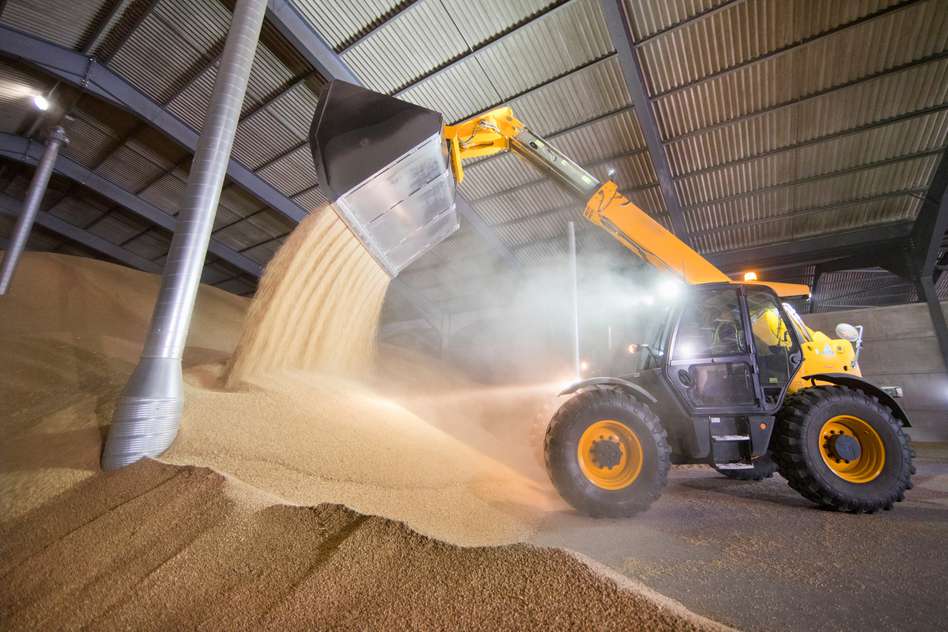Farm health and safety: Legal responsibilities for farmers

On a daily basis, farmers and farm workers are exposed to potentially dangerous machinery, vehicles, chemicals and livestock. Farmers are subjected to all sorts of risks including working at height, dealing with electrical equipment and working near pits and silos. Coupled together with the ever-changing weather conditions it is no surprise that the farming industry has a reputation for having a bad safety record.
Farmers have legal responsibilities for health and safety under various regulations in the UK, such as the Health and Safety at Work etc Act 1974, the Management of Health and Safety at Work Regulations 1999, and the Provision and Use of Work Equipment Regulations 1998.
Under these regulations, farmers have a duty of care to ensure the health, safety, and welfare of their employees, contractors, visitors, and members of the public who may be affected by their activities. This includes providing adequate training, instruction, and supervision to ensure that workers can carry out their work safely, providing suitable equipment and machinery, and maintaining safe working conditions on the farm.
Farmers are also responsible for carrying out risk assessments to identify and manage potential hazards on the farm, and for developing and implementing appropriate health and safety policies and procedures.
At Tees, our regulatory experts are skilled at identifying the applicable rules and regulations for farming and agriculture. We can help clarify the potential effects of these regulations on your business practices.
Call our specialist solicitors on 0808 231 1320
In relation to compliance with these regulations to maintain good health and safety practices, Jamie Hare, a regulatory law expert, at Tees, examines the obligations of farmers and the steps they should take to fulfil these responsibilities.
- What are the benefits of implementing safety measures on farms?
- Why is training important for everyone working on a farm?
- What are the specific training requirements in the farming industry?
- How can training be carried out?
- How do I assess the risk on a farm?
- What is the aim of a risk assessment and how can it be used to avoid accidents?
- How do I assess the risk?
- What is the 5-step process for approaching risk in the farming industry?
What are the benefits of implementing safety measures on farms?
Having some simple safety measures in place can prevent unnecessary non-fatal and fatal accidents from occurring. Managing risks in a sensible way helps to protect your business, your family and your workers. It has the additional benefits of reducing injuries and ill health in your workforce which results in improved productivity and better morale. It also provides a level of protection from potential penalties and prosecution if something serious does occur.
Why is training important for everyone working on a farm?
Providing training is a fundamental yet critical aspect to consider. It is vital that training is extended to all individuals employed on a farm. The Health and Safety at Work etc Act 1974 requires employers and self-employed individuals to provide their workers with relevant information, guidance, training and supervision that is essential to ensure their safety and well-being at work, to the extent that it is reasonably practicable.
What are the specific training requirements in the farming industry?
There are a number of other regulations which include specific training requirements. For example, The Provision and Use of Work Equipment Regulations 1998[DL1] specifies the need for training for people who use work equipment. The Management of Health and Safety at Work Regulations 1999 specifies health and safety training should be provided when new people commence employment.
The underlying message is that everyone at work needs to know how to work safely and without risks to health.
How can training help?
Training enables workers to know about the hazards and risks they may face, and the precautions to take (including any emergency procedures) and should help them to carry out their work safely. It will also enable them to know how to use protective measures, such as guards on machines, the start-stop procedure, PPE and safe methods of work.
How can training be carried out?
Training can be provided in a number of ways and can involve various methods. It can be provided by instructions or on-the-job training delivered by an experienced worker. It can be provided by online courses or by attending local colleges and training centres.
How do I assess the risk on a farm?
It is important to be proactive about the health and safety aspects of your farm business. All accidents can be avoided if the risks are properly managed. A risk assessment is a careful look at what, in your business, could cause harm to people, so that you can decide whether you have taken sufficient precautions, or should do more.
This will enable you to find out which areas of your farm pose the greatest risk to health and safety. Once you have identified these potential risks, you can then take practical steps to avoid accidents. The law does not expect you to completely eliminate health and safety risks on your farm, but rather that you take all steps that are reasonably practical to ensure you and your staff work in a safe environment. This means practising sensible risk management and introducing controls that are proportionate to the risks.
What is the aim of a risk assessment and how can it be used to avoid accidents?
The aim of the risk assessment process is to evaluate the risk or hazard, then remove that risk or hazard or minimise the level of risk by adding the necessary control measures. A hazard is anything that might cause harm, such as working from ladders. The risk is the chance that someone could be harmed by the hazard.
The Management of Health and Safety at Work Regulations 1999 places a duty on employers and the self-employed to make a suitable and sufficient assessment of the risks to their own health and safety and that of others from the work they do.
For each hazard, you need to be clear about who might be harmed. Farming activities can possibly pose risks to the health and safety of you and your employees, any casual workers, part-time workers, trainees or apprentices, contractors, and customers. It also extends to walkers, hikers and cyclists that may come onto your land. Public safety should be a part of your overall health and safety policy.
How do I assess the risk?
The first step is to consider how people might be harmed and how that harm may occur. Examples could include being killed by a bale or vehicle, injured by falling through a fragile roof, crushed by livestock, or suffering long-term health problems from breathing in grain dust.
If you can, you must eliminate the hazard altogether, but if you cannot do this, then you must control the risks by considering the following:
- Introduce a less risky option, e.g., switch to a less harmful chemical.
- Prevent access to the hazard, e.g., securely cover or fence a slurry pit or guard the dangerous part of a machine.
- Organise work to reduce exposure to the hazard, e.g., put barriers between people and moving vehicles.
- Provide personal protective equipment, e.g., clothing or footwear.
- Provide welfare facilities, e.g., first aid and showers for removing contamination.
What is the 5-step process for approaching risk in the farming industry?
The HSE guidance in relation to health and safety in agriculture sets out a 5-step process to approaching risk.
Step 1: What are the hazards?
Step 3: Evaluate the risks and decide on precautions
A risk assessment is not an end in itself. It will not prevent someone from suffering a non-fatal or fatal injury.
This will only happen if you implement the control measures to deal with the hazards and risks you find. If you find there are quite a few improvements needed, big and small, don’t try to do everything at once. Deal with the most important things first, e.g., those that could kill, seriously injure, or cause serious illness.
Farmers will need to ensure that everyone who works on the farm knows about the results of your assessment and understands the controls you have put in place.
Farmers will need to regularly check on the control measures to ensure they are being adhered to and remain in place.
With the developments in ways of work and technology, no workplace remains the same for any length of time. Sooner or later, you will buy new equipment or change ways of working that might bring in new hazards.
If there is a significant change in working practices farmers need to respond to it straight away and review the relevant risk assessments.
What happens if I don’t comply with the regulations?
If a farmer fails to comply with their legal responsibilities for health and safety, they may be prosecuted and face fines or other penalties. In addition, if a worker or member of the public is injured or becomes ill because of the farmer's failure to provide a safe working environment, the farmer may be liable for compensation claims.
Our regulatory experts can assist in regulatory action including:
- health, safety and environmental,
- regulatory enforcement including appeals.
- inquests
Tees are here to help
We have many specialist lawyers who are based in:
Cambridgeshire: Cambridge
Essex: Brentwood, Chelmsford, and Saffron Walden
Hertfordshire: Bishop's Stortford and Royston
But we can help you wherever you are in England and Wales.
Chat to the Author, Jamie Hare
Associate, Dispute Resolution and Litigation, Chelmsford office
Meet Jamie
